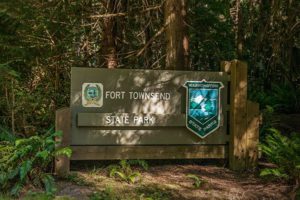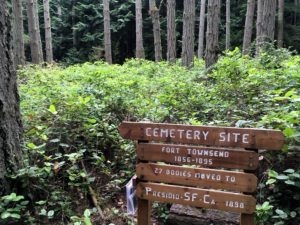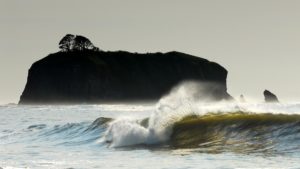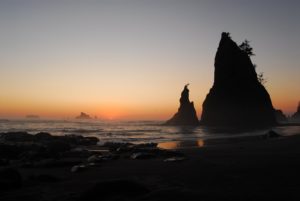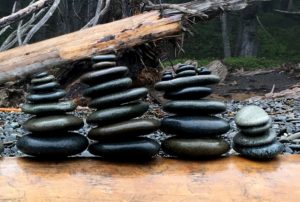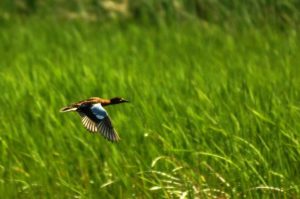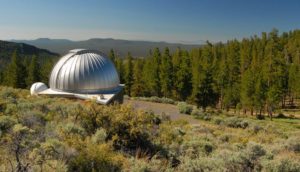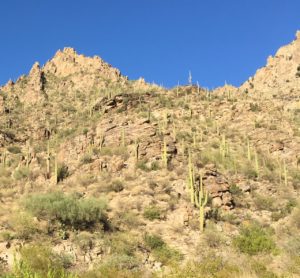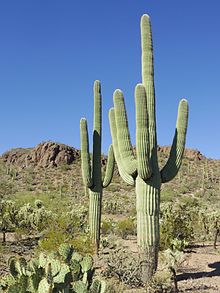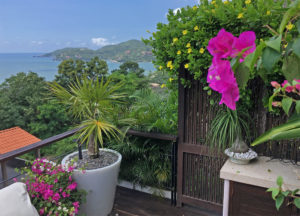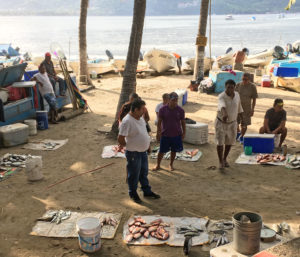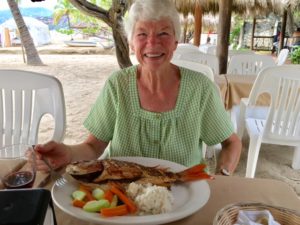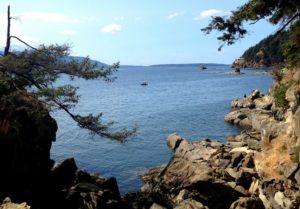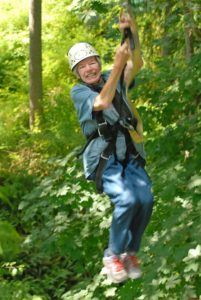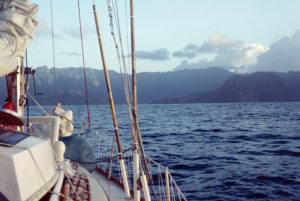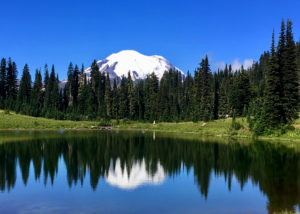 Every few years the urge returns. Mount Rainier, an everyday symbol for north westerners, beckons us with its beauty and power.
Every few years the urge returns. Mount Rainier, an everyday symbol for north westerners, beckons us with its beauty and power.
Established as the fifth National Park over a hundred years ago, Mount Rainier National Park paved the way in wilderness protection. In 1928, much of the northern and eastern sections of the park were set aside as ”roadless areas” to remain free of roads and commercial development. Today, 97 percent of the park’s 235,625 acres is designated as wilderness.
Times change. In the year 1899, 200 people visited Mount Rainier National Park. Today, nearly 2,000,000 people visit the park each year. Yet we share the same enthusiasm and motivation: to view wildlife and pristine wilderness, to stroll in meadows carpeted with wildflowers, to hike and climb.
From recent geological studies, we know that Mount Rainier is an active volcano and, like Mount St. Helens and other Cascade volcanoes, Mount Rainier will erupt again. Also like Mount St. Helens, volcanologists expect the mountain to give ample warning, but the threat of unexpected mud flows exists throughout the park. Visitors are warned: Be alert in river valleys. If you hear a loud rumbling or notice a rapid rise in water levels, move to higher ground–fast!
Although Mount Rainier, is definitely the star and towers majestically above all other volcanic peaks in the Cascade range, other mountains can be seen from various points: Mounts Hood, Baker and Adams. Emmons Glacier, the largest glacier in the contiguous United States and covering four square miles, can be seen on Mount Rainier’s eastern flank.
Mount Rainier has a long, colorful history of climbers. Although the first attempt in 1857 failed just 400 feet shy of the summit, in 1870 General Hazard Stevens and Philemon Van Trump made the first well-documented ascent. In 1890, Fay Fuller, a school teacher from a small town near Olympia, became the first woman to climb the mountain. Today about 10,000 people attempt to climb the mountain each year and about half of those actually make it to the 14,410-foot summit.
Besides camping, lodging is also available within Mount Rainier National Park. Two rustic lodges offer spectacular views and rooms unencumbered with phones or televisions: The National Park Inn at Longmire, open all year, and Paradise Inn, open during summer months only.
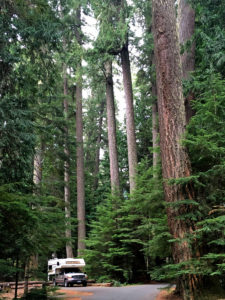 A total of four campgrounds within Mount Rainier National Park offer tent and RV camping: Cougar Rock (SW section of park), Ohanapecosh (SE section), White River (NE section), and Mowich Lake (NW section). No hook-ups are available within the park.
A total of four campgrounds within Mount Rainier National Park offer tent and RV camping: Cougar Rock (SW section of park), Ohanapecosh (SE section), White River (NE section), and Mowich Lake (NW section). No hook-ups are available within the park.
On a recent trip, we camped at Silver Springs Campground, situated on the banks of the scenic White River in Mt. Baker-Snoqualmie National Forest, just outside Mt. Rainier National Park’s North Arch entrance. Silver Springs has stunning scenery and access to a multitude of recreational activities. The 33 standard, non-electrical sites are widely-spaced in a beautiful section of old-growth forest.
Washington’s Mount Rainier is one of our finest destinations. If you’re in the area, don’t pass up a chance to visit Mount Rainier National Park.


